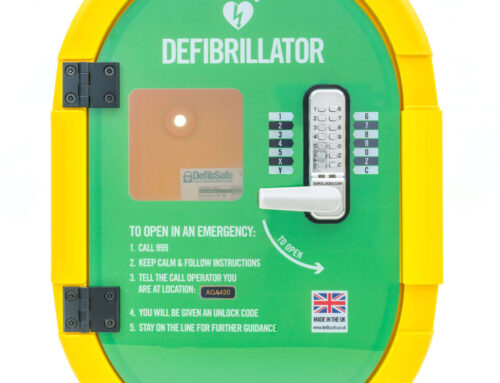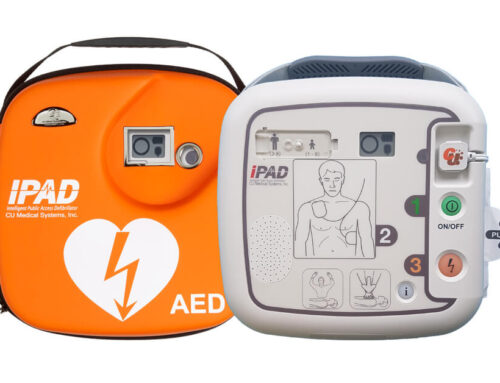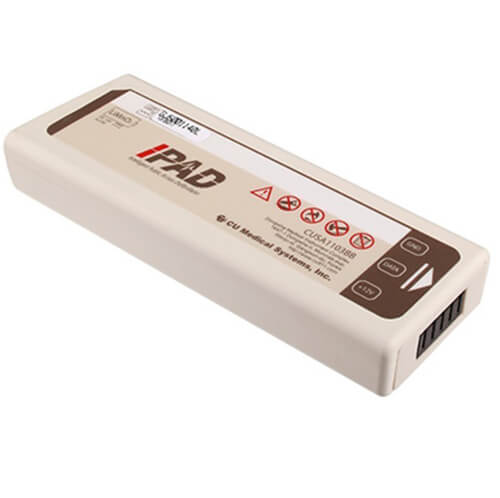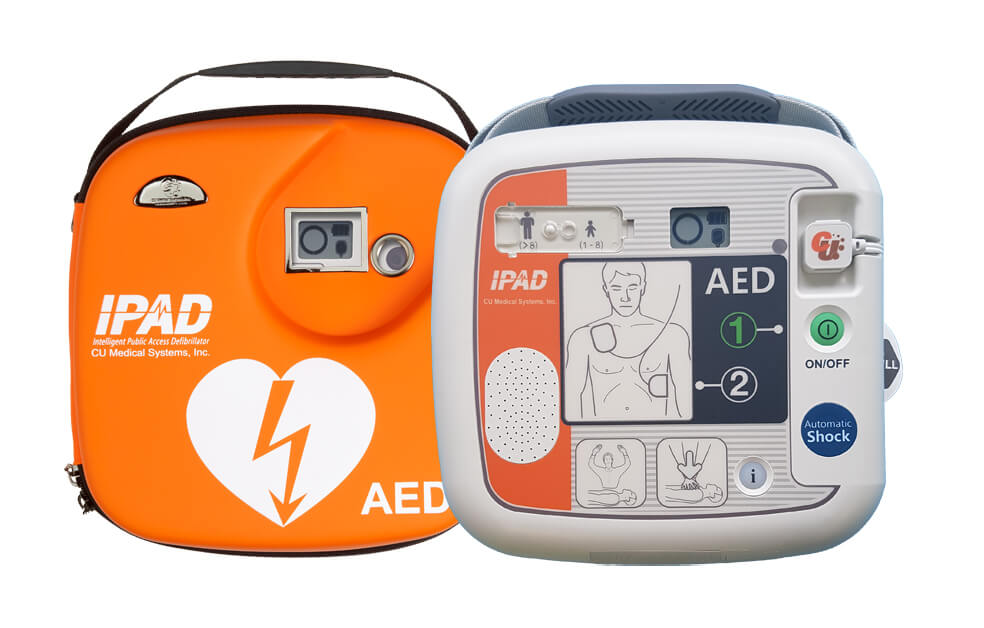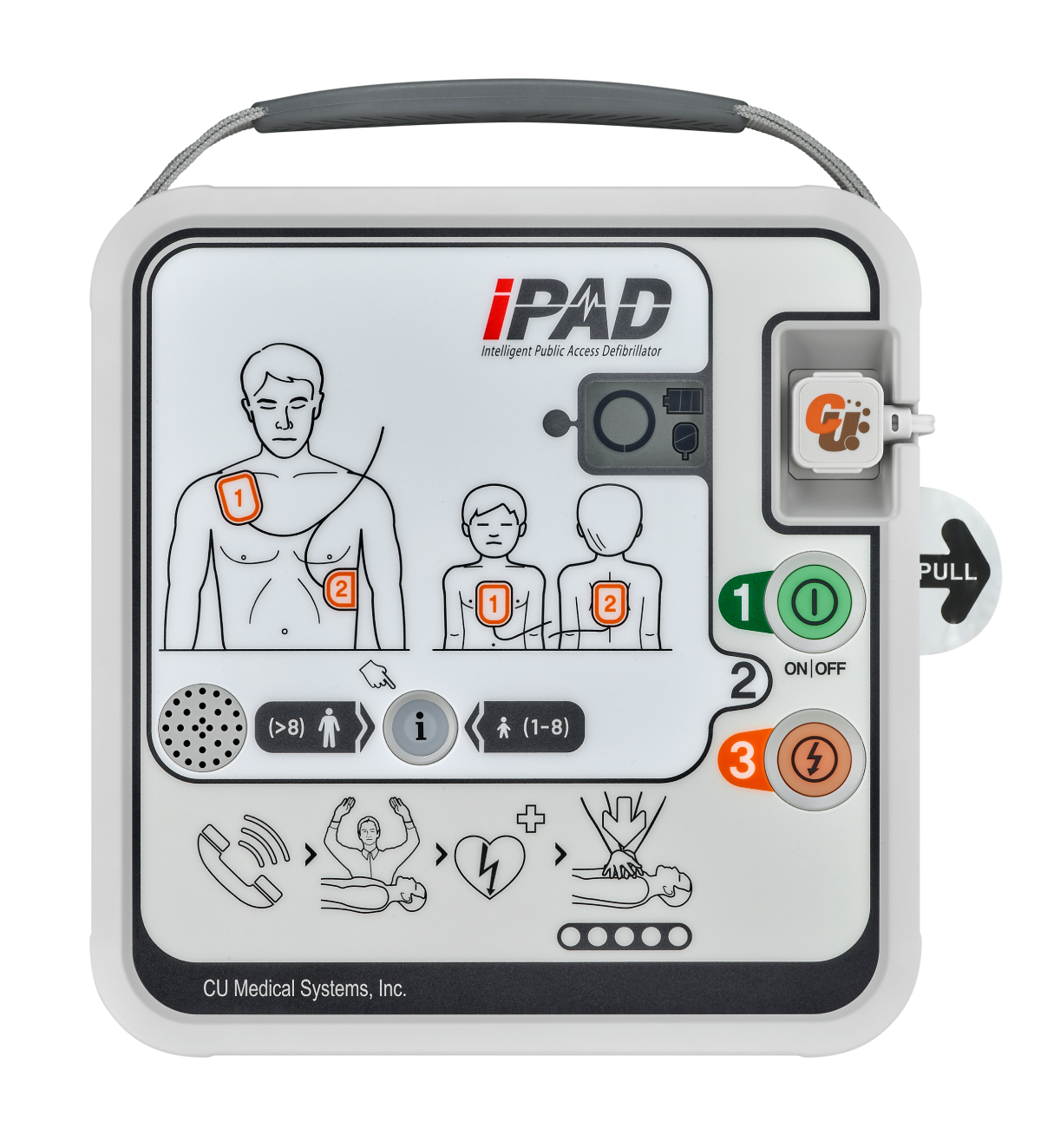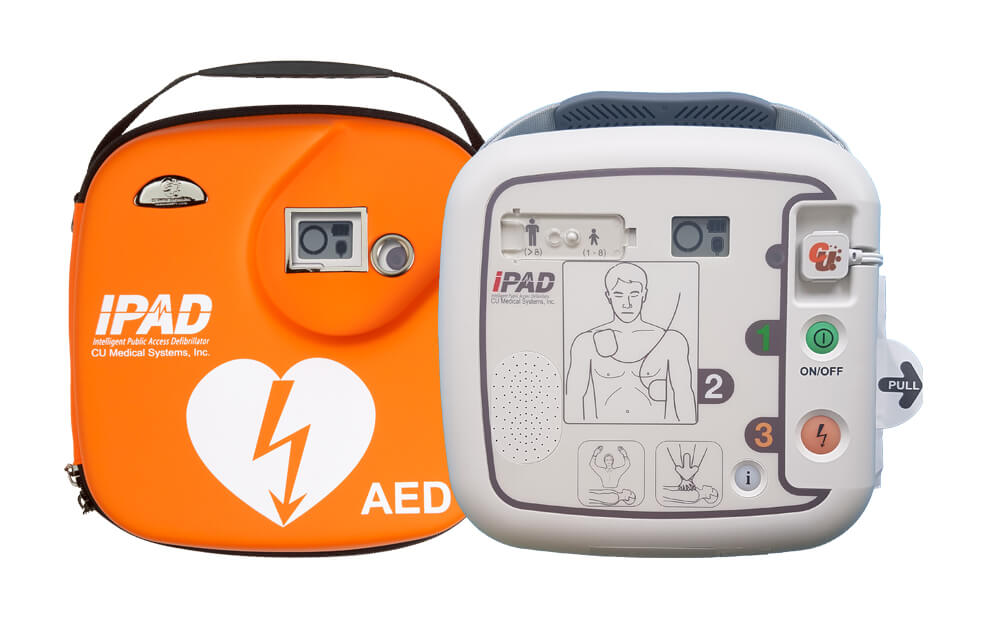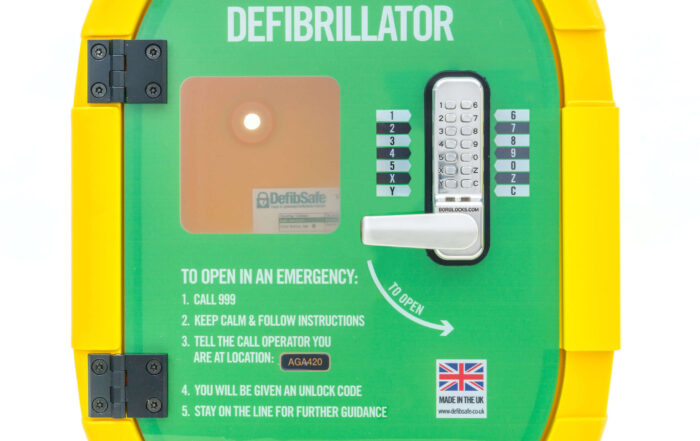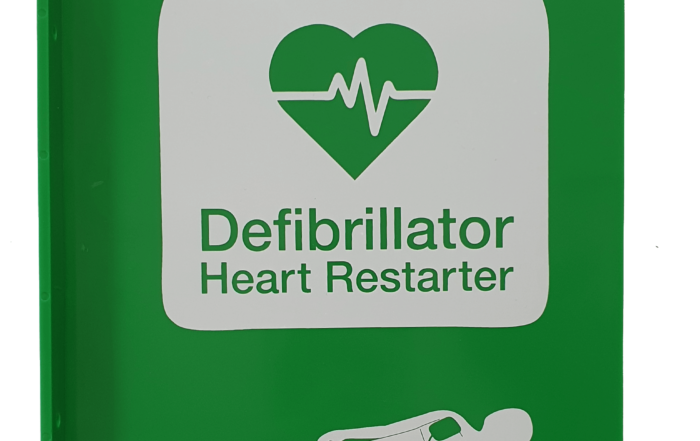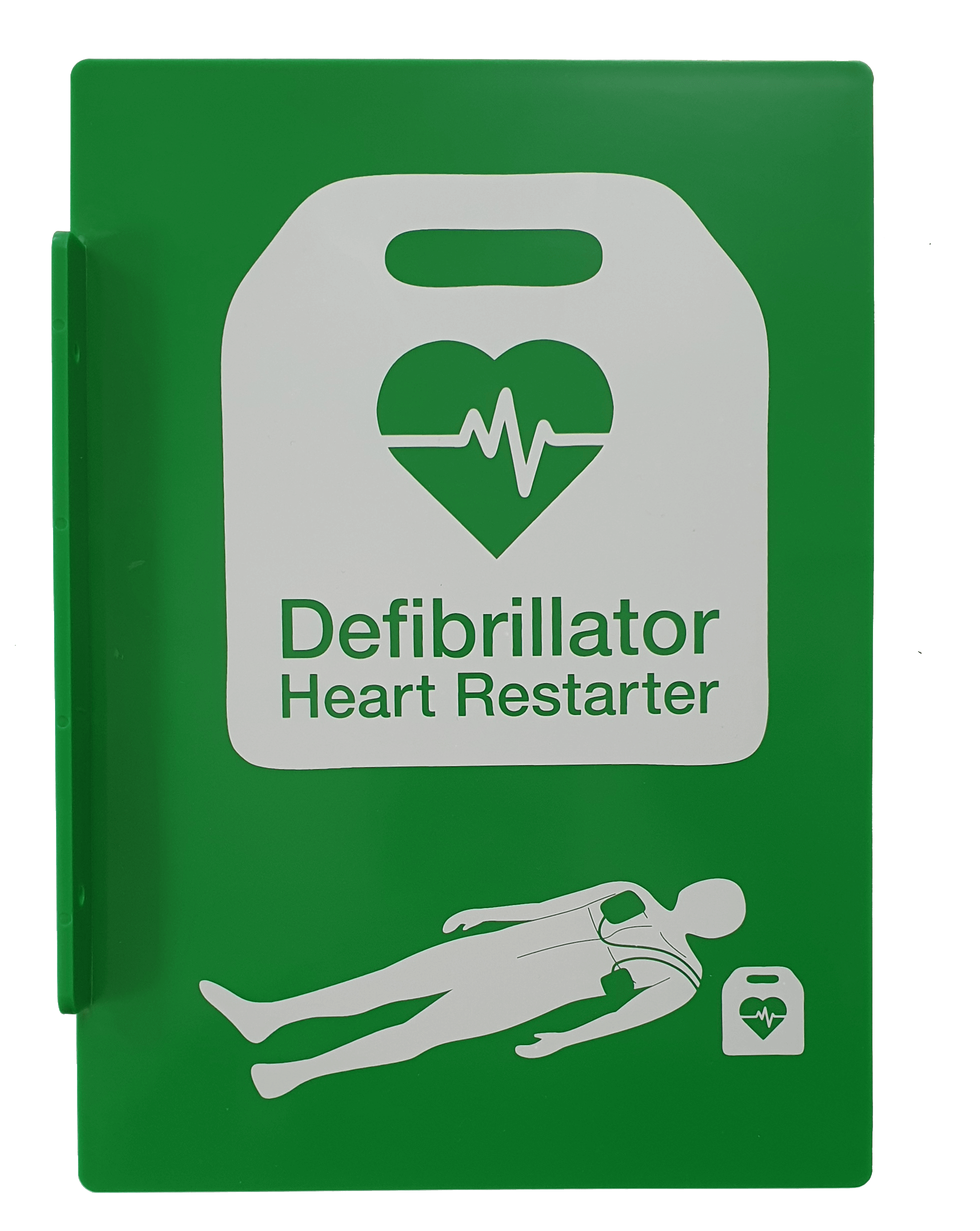
Mastering Life-Saving Skills: A Comprehensive Guide on Using Automated External Defibrillators (AEDs)
In times of medical emergencies, having the knowledge and skills to use life-saving devices can make all the difference. One such crucial tool is the Automated External Defibrillator (AED). Whether you’re at home, in the workplace, or a public space, understanding how to operate an AED can be the key to saving someone’s life. In this guide, we’ll walk you through the steps of using an AED effectively, empowering you with the confidence to respond swiftly and decisively in critical situations. 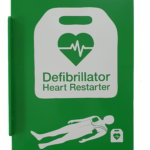
Understanding the Basics
An AED is a portable electronic device designed to analyze a person’s heart rhythm and, if necessary, deliver an electric shock (defibrillation) to restore a normal heartbeat. It is a vital component in the chain of survival for individuals experiencing sudden cardiac arrest. Before diving into the steps of using an AED, it’s essential to familiarize yourself with its components.
- Locate the AED: AEDs are often housed in easily accessible locations, including airports, shopping malls, gyms, and offices. Familiarize yourself with the AED’s location in your surroundings.
- Turn on the AED: Most AEDs feature a prominent power button. Once activated, the device will provide clear, step-by-step voice prompts to guide you through the process.
The Step-by-Step Process
- Assess the Situation: Ensure the safety of both yourself and the victim. Confirm that the person is unresponsive and not breathing normally. Call emergency services immediately.
- Retrieve the AED: If available, ask someone to call for emergency help while you retrieve the AED. If you’re alone, call for help before fetching the device.
- Prepare the Chest: Expose the victim’s chest and dry it if it’s wet. Remove any clothing and jewelry to ensure proper contact with the AED pads.
- Attach the AED Pads: The AED will have adhesive pads with illustrated diagrams showing where to place them on the victim’s chest. Typically, one pad goes on the upper right chest, and the other on the lower left side.
- Analyze the Heart Rhythm: Once the pads are in place, the AED will automatically analyze the victim’s heart rhythm. Stand clear during this process.
- Deliver a Shock: If the AED determines that a shock is necessary, it will prompt you to press the shock button. Ensure that no one is in contact with the victim during the shock delivery.
- Perform CPR: If the AED advises, begin cardiopulmonary resuscitation (CPR) after the shock. Follow the AED’s prompts for the duration and rhythm of compressions and rescue breaths.
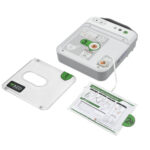
Conclusion
Becoming proficient in the use of an AED can be a life-changing skill. By following these simple steps, you can significantly increase the chances of survival for someone experiencing sudden cardiac arrest. Remember, the key to success lies in quick action, so familiarize yourself with the location of AEDs in your surroundings, and encourage others to do the same.
For more in-depth information on AED usage, advanced life support techniques, and first aid training, visit MedicStop.org. Our website is a valuable resource for individuals and organizations looking to enhance their life-saving skills and contribute to creating safer communities. Stay informed, stay prepared, and together, let’s make a difference in the face of emergencies.

